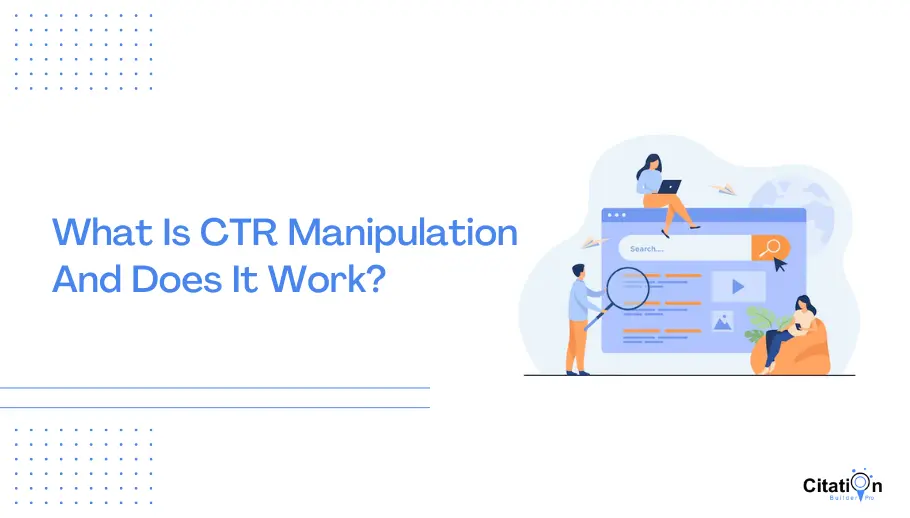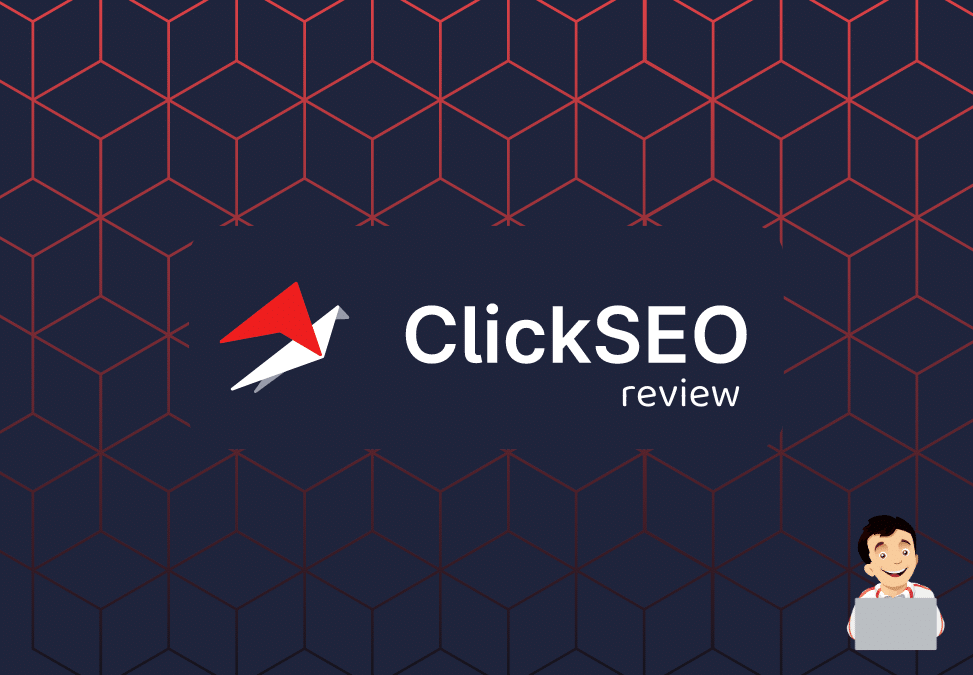Maximizing Organic Click-Through Rates With CTR Control
The optimization of organic click-through rates (CTR) is a nuanced endeavor that pivots on recognizing both customer psychology and reliable content discussion. The landscape is raging with mistaken beliefs and oversimplifications regarding what genuinely drives CTR.
Comprehending Click-Through Fees
Recognizing click-through rates (CTR) is vital for assessing the effectiveness of internet marketing approaches. CTR gauges the portion of users that click a particular link or promotion contrasted to the overall number of customers who view it. A higher CTR shows that the material is engaging and relevant to the target market, while a lower CTR may signify a demand for optimization.
To determine CTR, split the number of clicks by the number of perceptions and multiply by 100. For circumstances, if an ad receives 300 clicks out of 10,000 impacts, the CTR would be 3%. This metric is crucial for analyzing different elements of electronic marketing, consisting of search engine optimization (SEARCH ENGINE OPTIMIZATION), email projects, and social networks advertising.
Moreover, examining CTR helps online marketers recognize which strategies produce the best results and which call for refinement. By concentrating on boosting CTR, companies can boost their content's exposure and efficiency, resulting in boosted traffic and potential conversions. Recognizing the nuances of CTR is foundational for any type of marketer aiming to maximize their on-line presence and make best use of return on investment (ROI)

The Psychology of Individual Habits
User actions is considerably affected by psychological variables that dictate just how individuals engage with online material. Understanding these aspects is necessary for maximizing click-through prices (CTR) in organic search results.
Emotional actions also considerably impact individual actions. Material that reverberates psychologically can set off a feeling of seriousness or inquisitiveness, triggering customers to click. Additionally, social proof-- such as user testimonials or rankings-- can improve depend on and encourage engagement, as individuals usually want to the actions of others to notify their very own choices.
Moreover, the principle of shortage can drive clicks - LinkDaddy CTR Manipulation. Limited-time offers or exclusive material produce a concern of missing out on out (FOMO), engaging users to act rapidly. Comprehending these emotional vehicle drivers enables marketing professionals to develop even more engaging web content that reverberates with their target market
Reliable CTR Control Strategies
Leveraging emotional understandings can substantially boost click-through prices (CTR) with targeted adjustment strategies. Among one of the most efficient techniques is using engaging headings that stimulate interest or seriousness. Phrasing titles as questions or incorporating numbers can attract more interest, triggering individuals to click.
Another technique entails maximizing meta descriptions to develop a feeling of significance and immediacy. By clearly outlining the solutions or advantages given in the web content, you can involve potential visitors and persuade them to click. Additionally, making use of power words-- such as "special," "verified," or "totally free"-- can enhance the appeal of your material.
Aesthetic aspects additionally play a vital duty. Incorporating appealing pictures or thumbnails can draw users in and improve CTR. A/B screening various visuals can aid identify which photos resonate ideal with your target market.
Last but not least, ensuring that your web content promises deliverable worth results in greater CTR. When customers perceive that clicking will certainly offer them with purposeful insights or solutions, they are more probable to involve. By employing these strategies attentively, marketing experts can successfully adjust CTR to their advantage while preserving moral requirements.
Typical Misconceptions About CTR
A number of misconceptions surround click-through prices (CTR) that can lead marketers to make misdirected choices. One widespread myth is that a higher CTR constantly converts to better performance. While a high CTR suggests that even more customers are check out this site clicking, it does not assure conversions or sales. Eventually, the performance of website traffic depends on the quality of the landing web page and the importance of the web content.
Another usual idea is that CTR is a separated metric. Actually, CTR must be examined in conjunction with other performance indications, such as bounce price and conversion rate, to gain a holistic sight of project success.
Furthermore, some online marketers assume that optimizing for CTR alone is enough. Concentrating exclusively on CTR can lead to clickbait tactics that might attract clicks yet stop working to engage customers meaningfully. LinkDaddy CTR Manipulation. This technique can harm brand name credibility and outcome in lower retention prices
Finally, there is a notion that CTR methods are widely reliable. The reality is that optimum CTR strategies can differ dramatically across sectors and target audiences, demanding tailored techniques for different market sections. Understanding these misconceptions is crucial for establishing effective CTR methods that straighten with overarching advertising objectives.
Measuring CTR Success
Although high click-through prices (CTR) can indicate successful involvement with content, determining their real success calls for an extensive evaluation of several variables. It is important to comprehend the context in which the CTR is attained. For example, a high CTR on a deceptive title might not translate to meaningful engagement or conversions, eventually showing inadequately on the brand's trustworthiness.
Second, evaluating the source of web traffic is important. Organic website traffic from internet search engine can signify a robust content strategy, while clicks from unimportant sources may indicate an absence of targeting. Additionally, see this here measuring the subsequent user behavior is vital; analyzing metrics such as bounce rate, time spent on page, and conversion prices can provide much deeper understandings into the quality of the engagement initiated by the CTR.

Verdict

The optimization of natural click-through prices (CTR) is a nuanced endeavor that hinges on understanding both individual psychology and efficient web content discussion. CTR gauges the portion of users who click on a particular link or advertisement compared to the overall number of users that view it. A higher CTR shows that the web content is engaging and pertinent to the target audience, while a lower CTR may indicate a need for optimization.
Concentrating solely on CTR can lead to clickbait methods that may bring in clicks but fall short to involve individuals meaningfully. Additionally, determining the succeeding customer behavior is important; evaluating metrics such as bounce rate, time spent on web page, and conversion prices can provide much deeper insights right into the high quality of the interaction started by the CTR.
Comments on “Discover the Power of CTR Manipulation Press Release for Maximum Exposure”